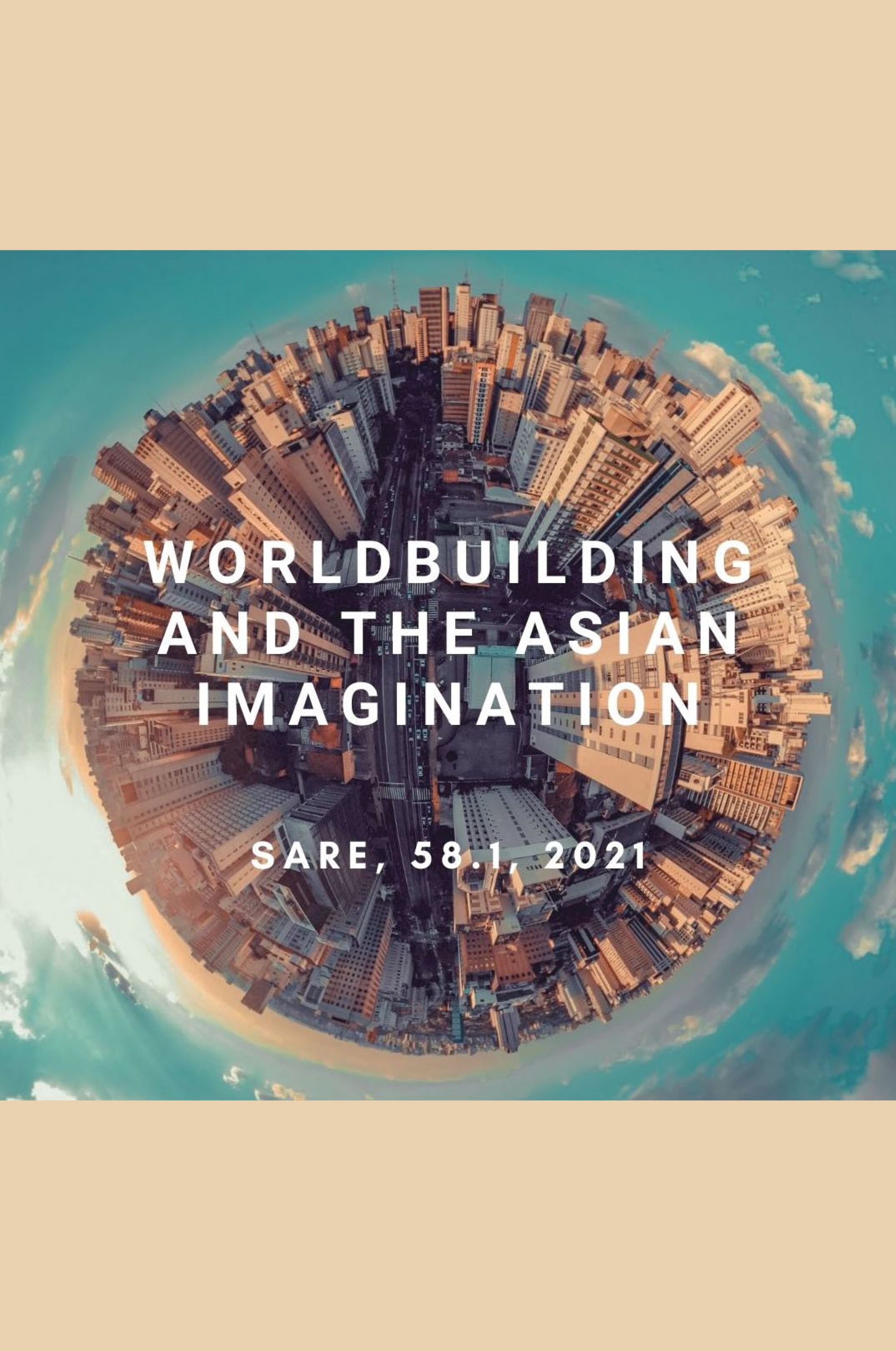Creating Cultural and Historical Imaginaries in Physical Space: Worldbuilding in Chinese Theme Parks
Main Article Content
Abstract
Theme parks are fascinating texts built on spatial narratives and detailed storyworlds. Worldbuilding and subcreation are literal in these spaces, but they likewise contain symbolic experiences that represent cultural and historical imaginaries. China is one of the largest markets in the global theme park industry. The design ethos in many parks is to represent fantasy versions of reality or depict cultural beliefs. This article offers analysis of examples in Chinese parks that signify simulated place or culture (for example, Splendid China’s parks), a romanticized historical time (the Songcheng parks), local stories (Sunac Land parks), and national cultural stories (the Fantawild Oriental Heritage model). Each of these spaces presents narratives and immersive environments that have the power to engage visitors on physical, sensual, conceptual, and emotional levels. They are second worlds to play in, imagine in, and to consume fantasy in while also providing a shifting model of theme park experience.
Downloads
Article Details

This work is licensed under a Creative Commons Attribution 4.0 International License.
Copyrights of all materials published in SARE are retained by the authors. Authors may republish their work or grant others permission to republish it. We would be grateful if republication is accompanied by an acknowledgment that the work was originally published in SARE.
